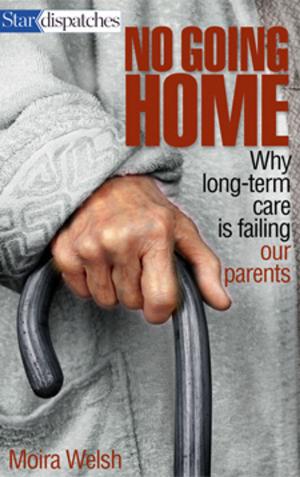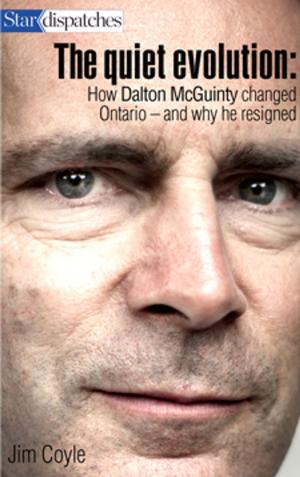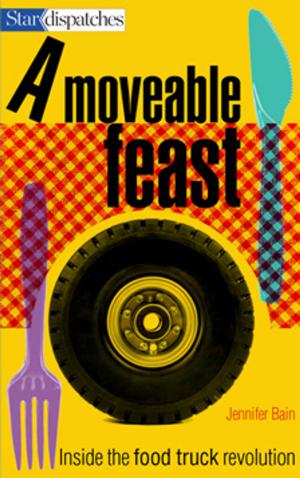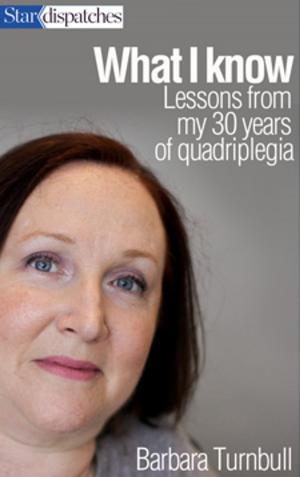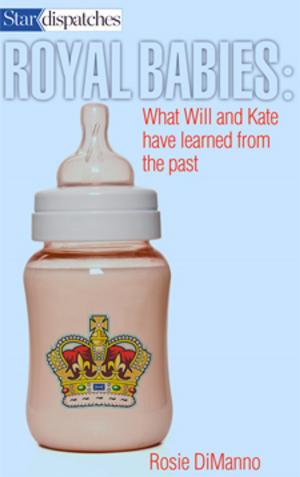Shock
An Investigation into the Startling Comeback of Electroconvulsive Therapy
Nonfiction, Health & Well Being, Psychology, Mental Illness| Author: | Jennifer Wells, Diana Zlomislic | ISBN: | 9780887855320 |
| Publisher: | Toronto Star Newspapers Limited | Publication: | December 15, 2009 |
| Imprint: | Star Dispatches | Language: | English |
| Author: | Jennifer Wells, Diana Zlomislic |
| ISBN: | 9780887855320 |
| Publisher: | Toronto Star Newspapers Limited |
| Publication: | December 15, 2009 |
| Imprint: | Star Dispatches |
| Language: | English |
Few medical treatments are as fraught with fear, misunderstanding and controversy as electroshock, or electroconvulsive therapy. Most of us consider it a treatment of the 1950s and 60s, an option medicine and society have left behind. Yet ECT is experiencing a startling resurgence and is seen as especially efficacious among older Canadians. Has its execution grown more sophisticated? What is its success rate? Are there still side effects? Toronto Star journalists Jennifer Wells and Diana Zlomislic set out to answer these questions, delving deep into the science and ethics of ECT. Compelling and timely, Shock is essential reading.
Few medical treatments are as fraught with fear, misunderstanding and controversy as electroshock, or electroconvulsive therapy. Most of us consider it a treatment of the 1950s and 60s, an option medicine and society have left behind. Yet ECT is experiencing a startling resurgence and is seen as especially efficacious among older Canadians. Has its execution grown more sophisticated? What is its success rate? Are there still side effects? Toronto Star journalists Jennifer Wells and Diana Zlomislic set out to answer these questions, delving deep into the science and ethics of ECT. Compelling and timely, Shock is essential reading.




